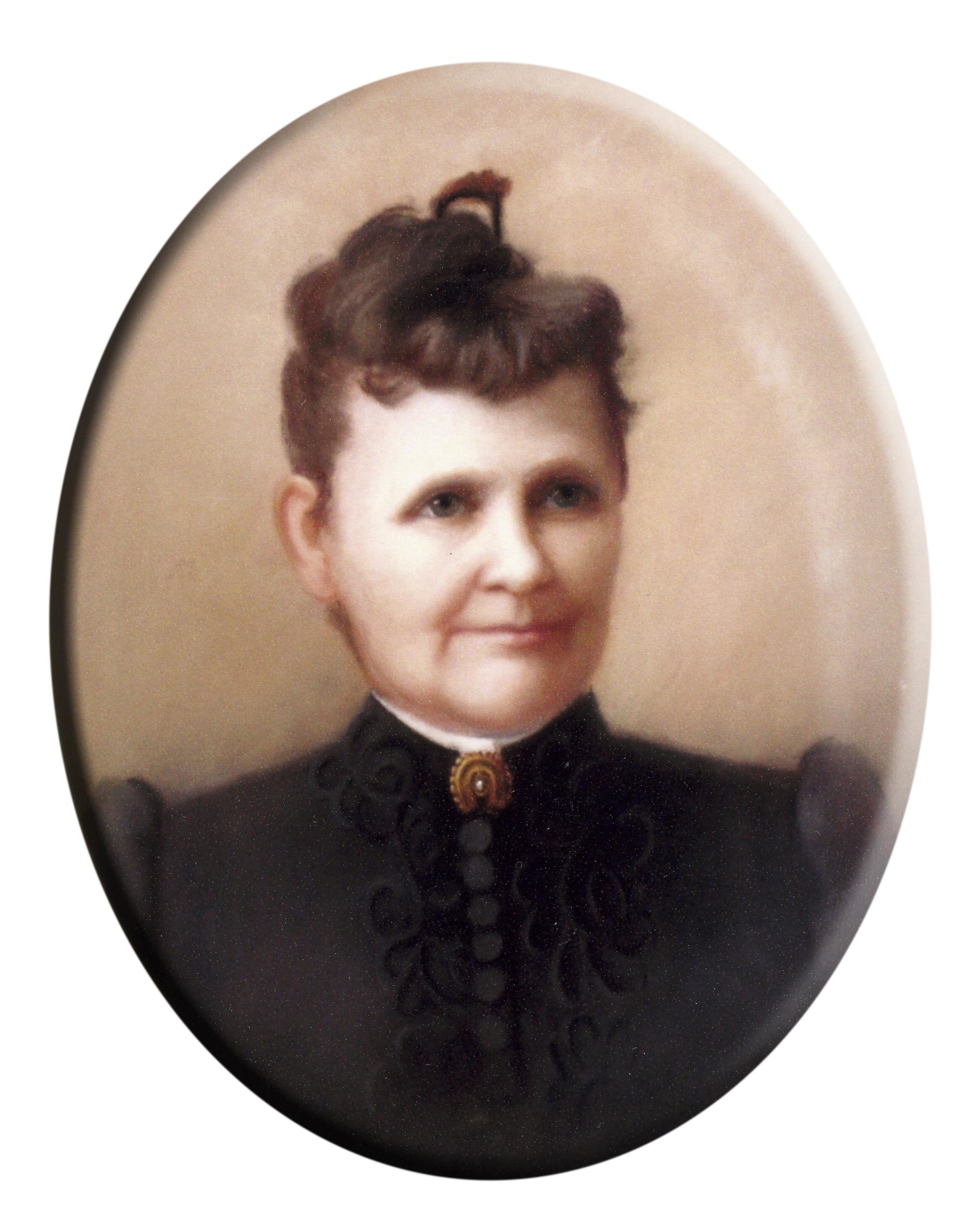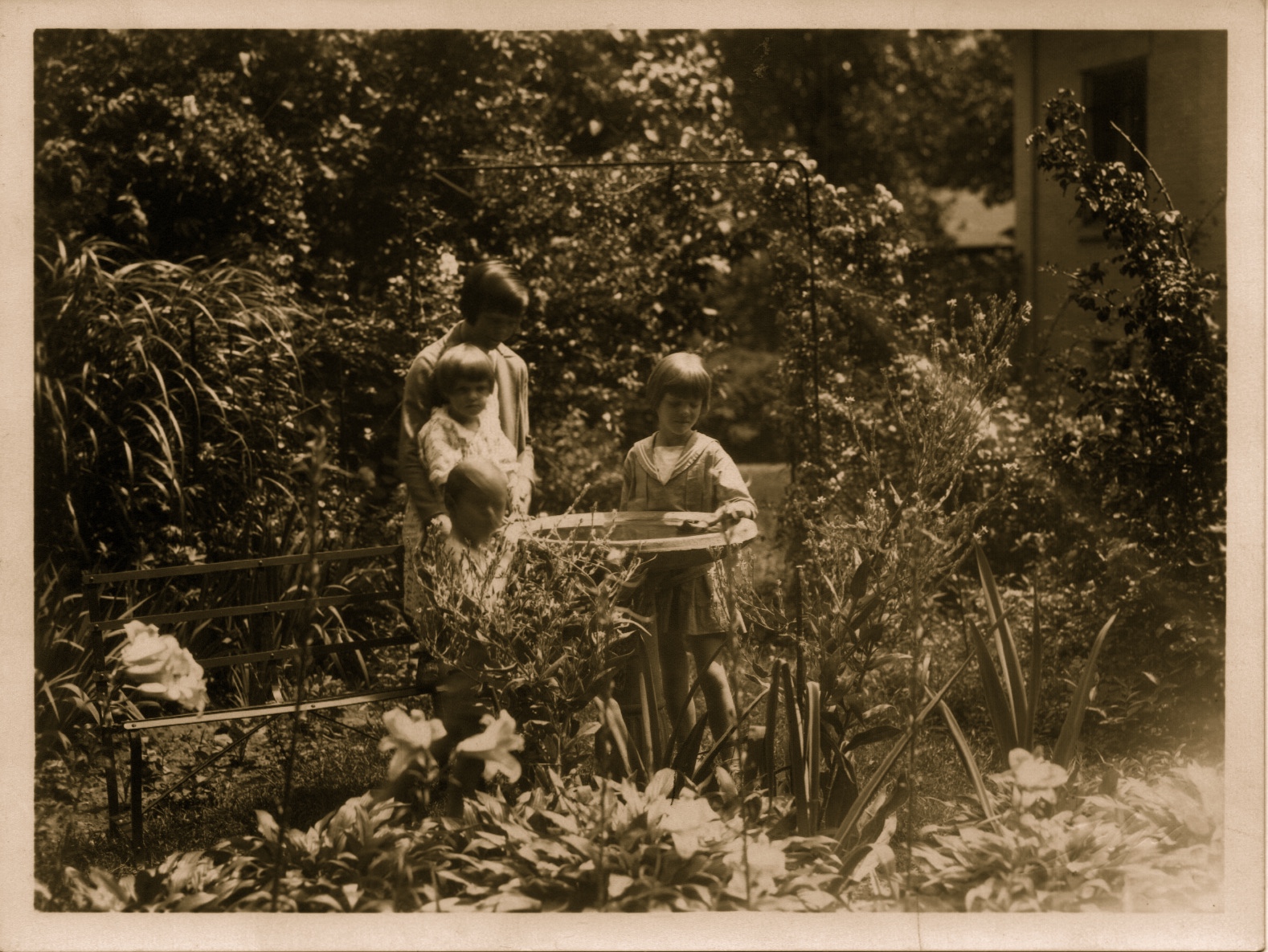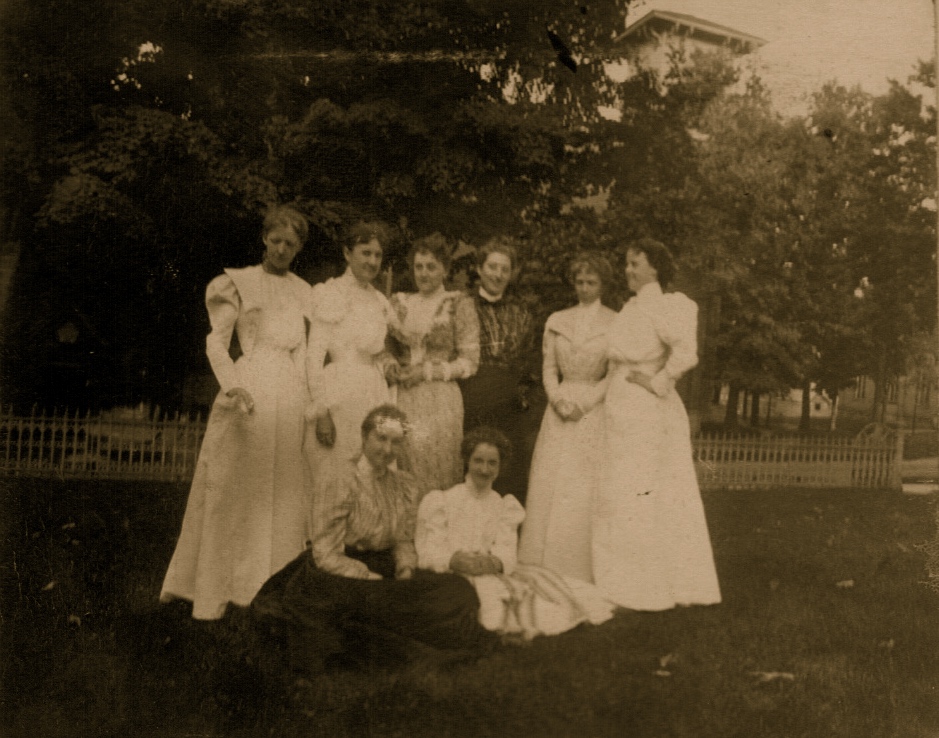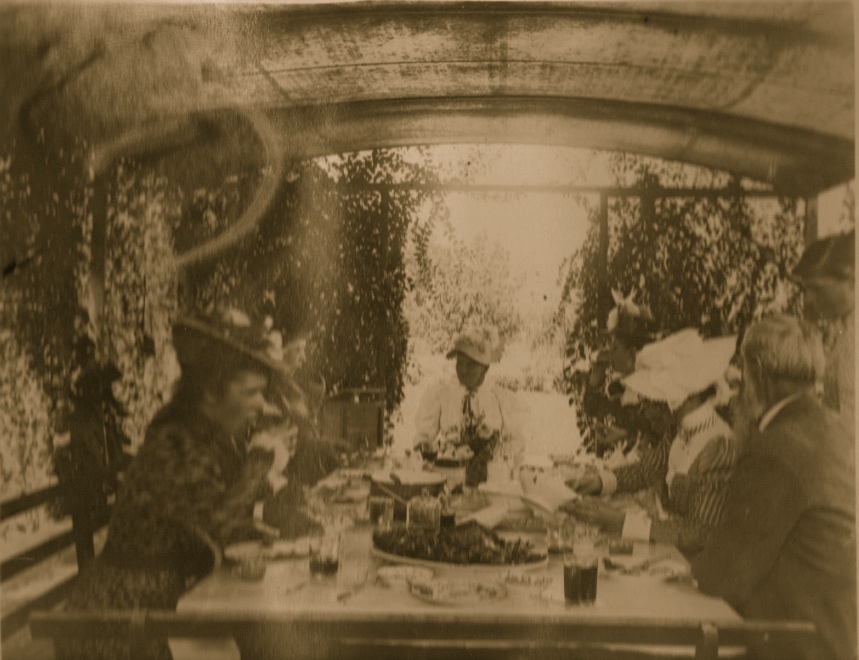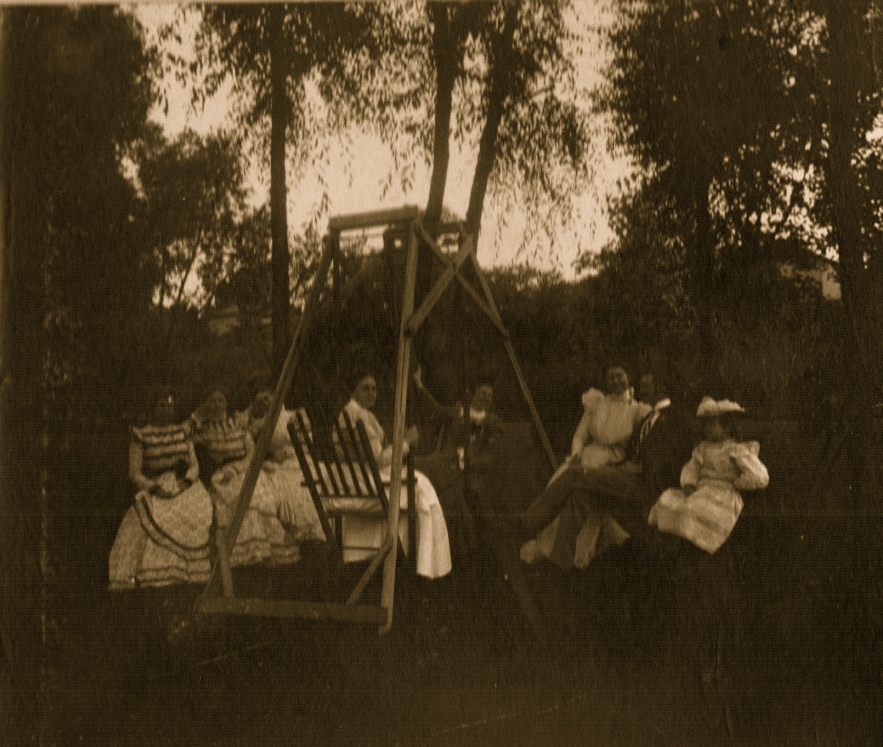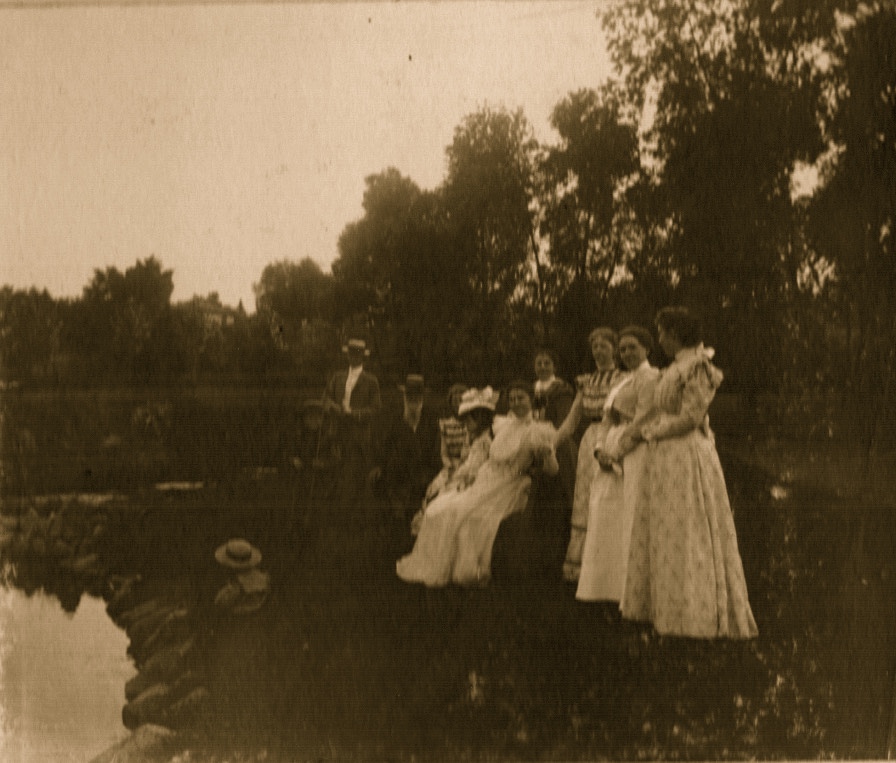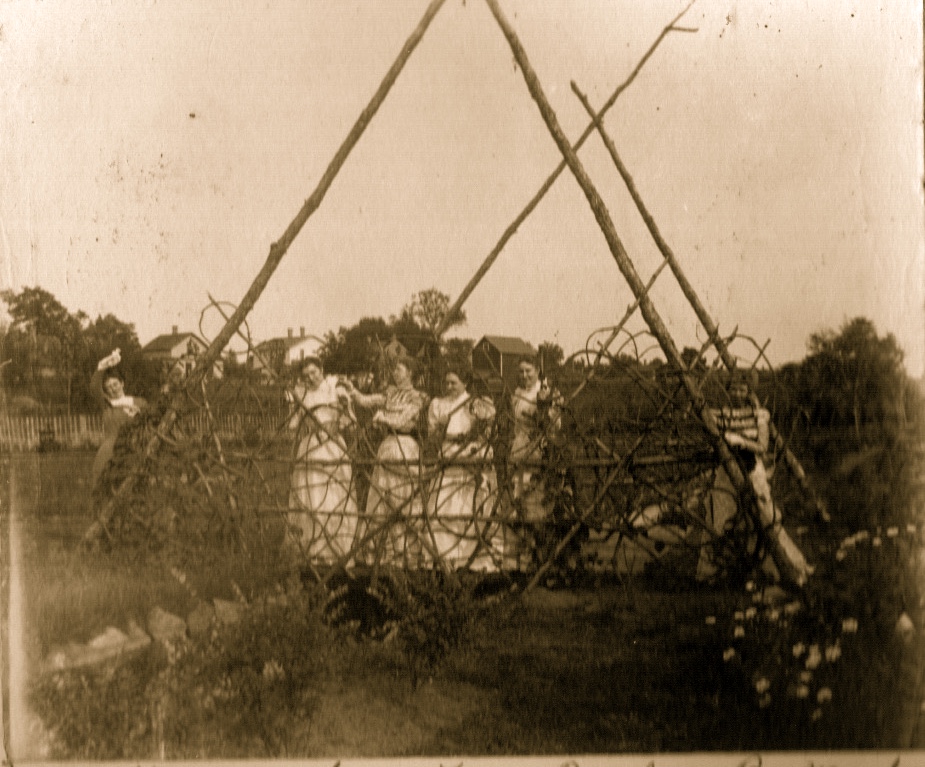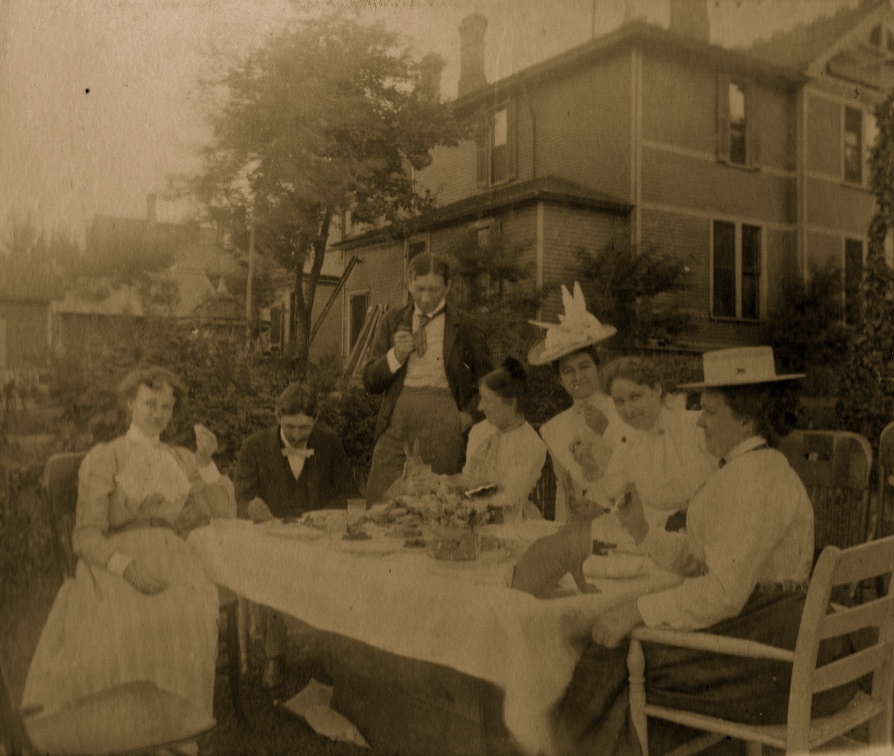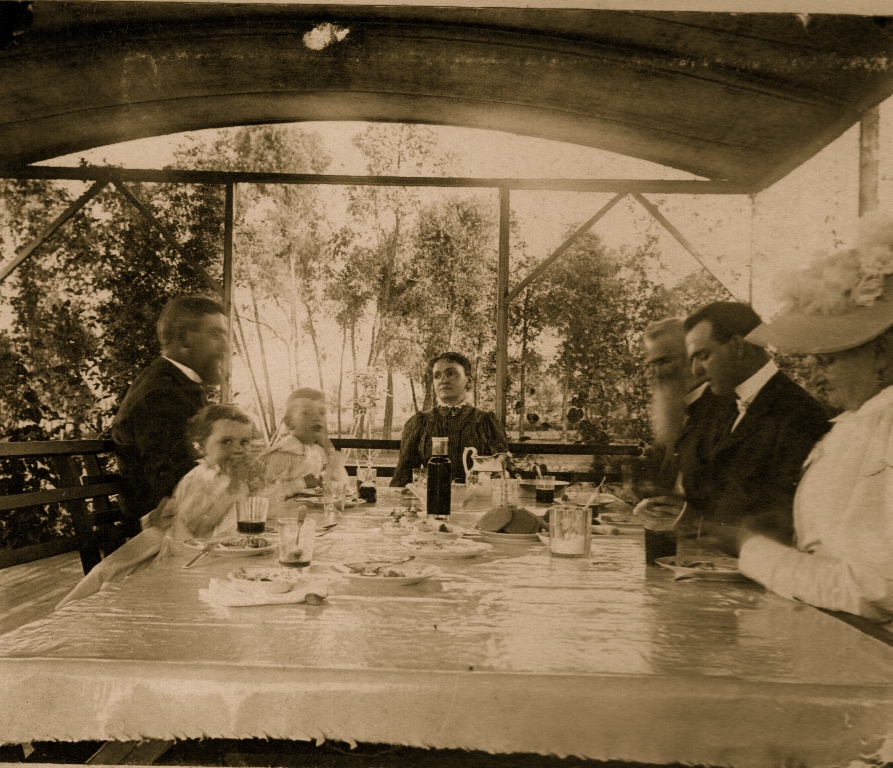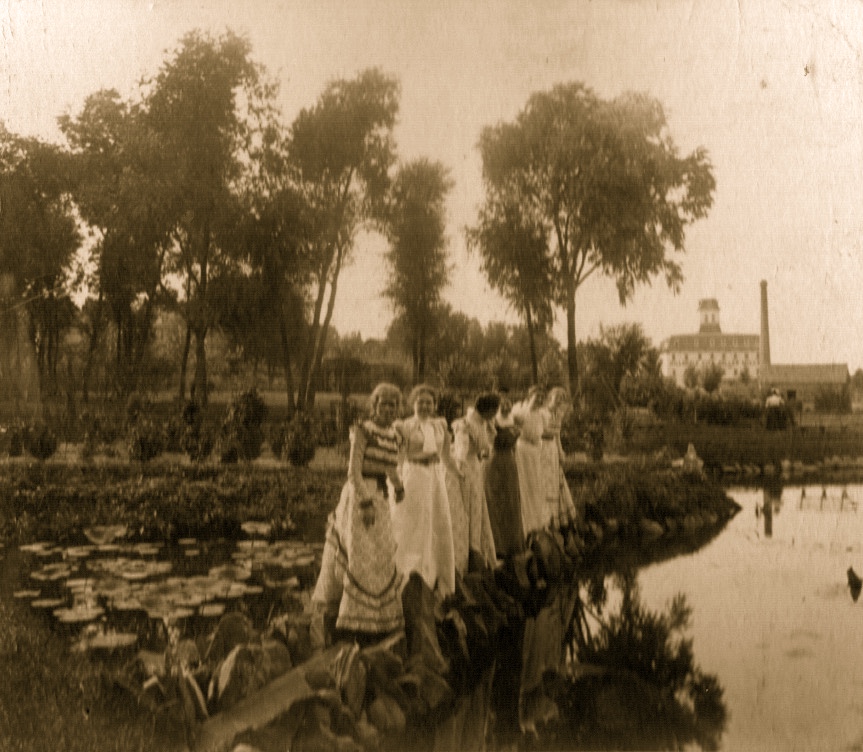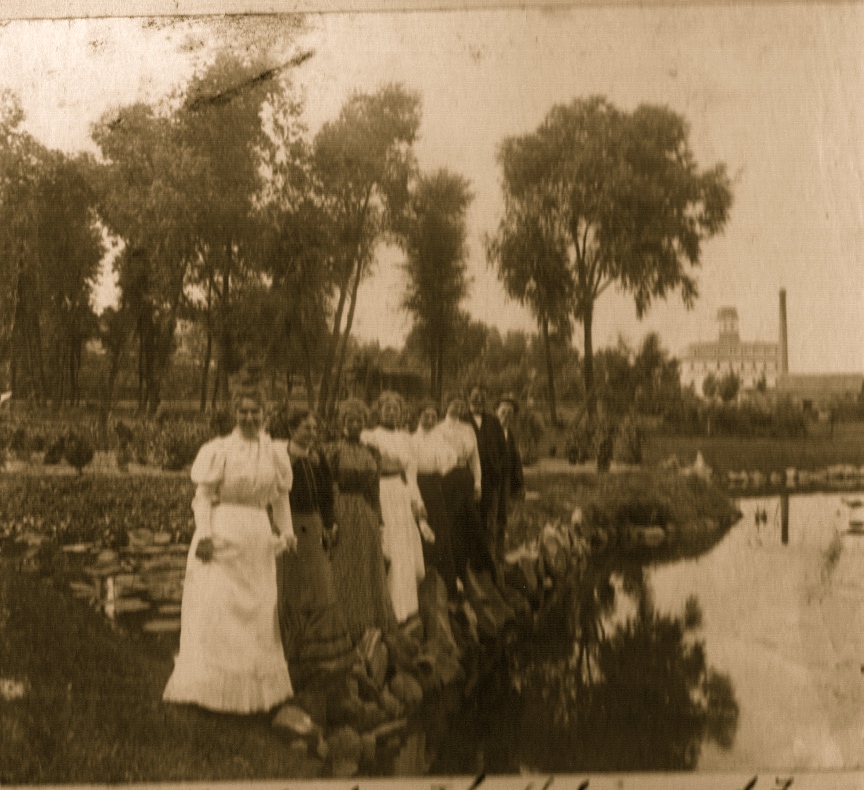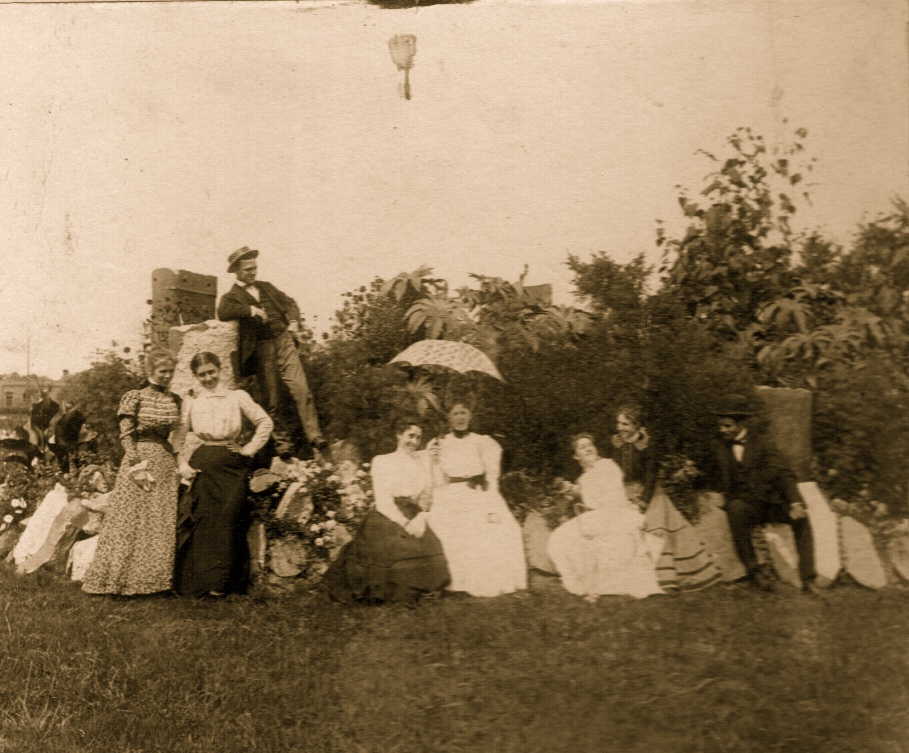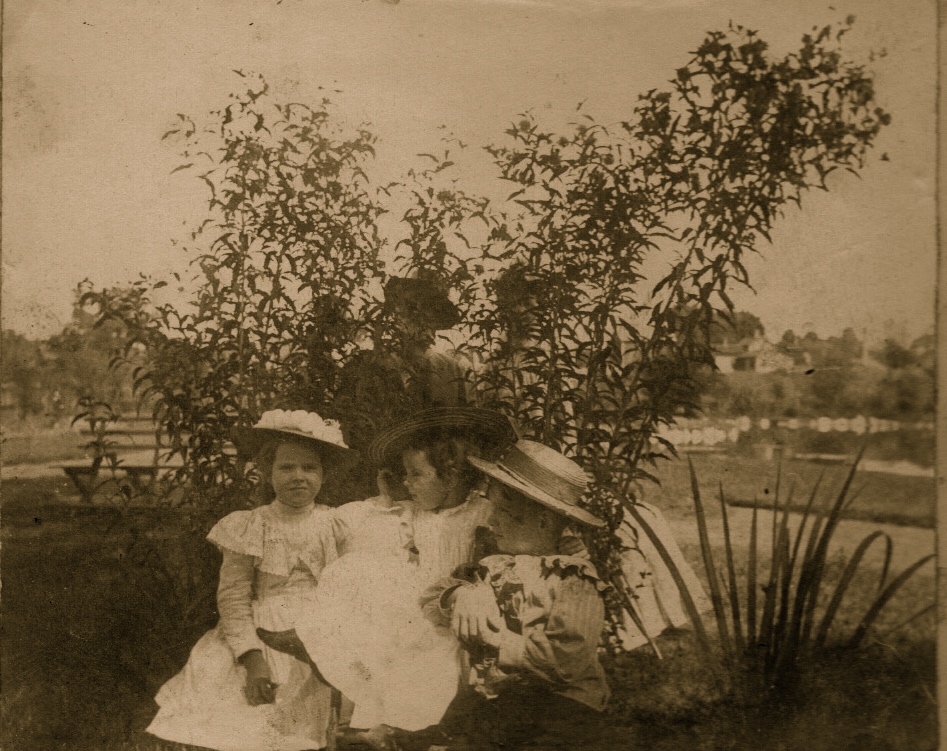The Resurrection of Mrs. Stock's Park
Mary Anne MacRitchie
In 2003 the Hillsdale City Council, encouraged by Councilperson Mary Anne MacRitchie, approved the formation of a committee to restore the park originally developed by Wilhelmina Stock in the late 1800s. The empty land with a weed-choked pond in the middle hardly deserved to be called a park, but Mary Anne was undeterred by the challenge. The project began with lofty goals: to create a cultural center for the city, to re-create the bridges, ponds and other structures originally added by Mrs. Stock, and to restore a unique and attractive garden setting.
Some of those whose homes abutted the park, the city workers and Society members Bob Kline and Carol Lackey volunteered to clean up the park and had their endurance tested. Over the years the mill race, which ran behind their homes, had become a dumpsite. Eventually 15 truckloads of trash were removed by the committee and other volunteers. At the same time, special events were held in the park, with the proceeds devoted to its restoration. With almost 10 acres to improve, it was hard to know where to begin. Fortunately, Colleen Savarino and B.J. Holton from the Hillsdale Garden Club helped the city with the initial planning. The most glaring need was to work on the pond, which was so overgrown that the line between it and the island in its middle was indistinguishable. Dredging muck from the pond and then placing it on the island created the much-needed difference in elevation. In 2006 a group that got together to build canoes for each other, led by Dan Moore and Dan Betts, built the lovely arched bridge across the water to the island.
Cleaned up and with an island in the original pond, the park still looked desolate. It cost way too much money to hire a landscape designer, so in 2004 Mary Anne MacRitchie contacted Dianne Miller. As a Master Gardener—which translates into a person with landscaping skill who can be convinced to donate her time—Dianne didn't hesitate to get involved with the park renovation. She followed an evolving creative process rather than making a grand landscape design. Instead of agonizing over how to renovate the whole park, she began with a sundial garden. This bed, situated east of the pond so it would have all-day sun, would serve as a background for the island at the same time it was reflected in the water of the pond. Joel Sanderson, a blacksmith who creates works of art rather than horseshoes, was commissioned to design and construct a suitable sundial. When it was put in place, however, it was too low to fit the scale of the park. Stonemason George Stump was hired to build a platform. George added a brick walk around the sundial platform, and community members purchased many of the bricks, with the proceeds going toward the renovation. The Garden Club members and many of their husbands were mobilized to dig out weeds, grass and unwanted shrubs around the sundial, and that part of the park was planted.
It was then discovered that the swamp-like ground to the south of the sundial made an approach from Bacon Street the only way to reach it.
That problem went on the back burner as Dianne and the Garden Club moved on to the cedar grove, which grew to the south of the new garden. In planting daffodil bulbs in that area, Dianne discovered submerged rocks, probably originally placed there by Mrs. Stock and her workers. At about that same time, the Root Cellar Ministry Church on Howell Street, next to County National Bank, burned to the ground. Tom Walworth was able to salvage the rock foundation of the destroyed building, along with broken bricks and rubble. George Stump was convinced to donate his time to place the rocks around the cedar grove, and the leftover rubble was further crushed to use as a land bridge between the sundial garden and the cedar grove, providing a dry path to completely circle the pond—and sundial garden—on foot.
Into the cedar grove went shade plants. These have now multiplied and are gradually being separated and planted on the slope that borders the west side of the park, next to the mill race. The fence along Bacon Street has been completed after receiving the go-ahead from the Michigan Department of Environmental Quality, which was involved because the park was originally a wetland. Donations from the community maintain the park and help to purchase additional plantings, and in 2014 the Hillsdale Garden Club created a permanent committee to care for Mrs. Stock's Park. Each summer a free Concert Series and BPU movies are offered, and many people now spend time in the reborn park.
Under the leadership of Ed and Sally Eames as well as Harvey and Elaine Anderson, a major fund-raising campaign was initiated to build a pavilion. This was a structure that MaryAnne MacRitchie had envisioned from the beginning of the restoration. To the lasting regret of those who cared about the park, MaryAnne did not live to see the completion of the structure, which was dedicated in her honor in 2008.
Wilhelmina Seidel Stock
The original impetus for a park behind the Stock home was Wilhelmina Seidel Stock, wife of F.W. Stock, the owner of Stock's Mill. In 1897, overwhelmed with grief over the deaths of three adult children, Wilhelmina decided to pour herself into transforming the snake-infested swamp that lay behind their home into a park. Like Mary Anne MacRitchie, she was undeterred by what looked like an impossible task. Superintending each step of the metamorphosis, she strode through her property clad in rubber boots and determination. Horses, with long ropes attached to extract them from quicksand if necessary, were utilized to dig a lagoon and three ponds and to build up small islands. A spring to the south of the ponds, along with the mill race, provided water. Two black swans, Fritz from northern Russia and Betty from Belgium, were introduced and provided several cygnets over the years.
Mrs. Stock imported many plants and trees and also lost many that couldn't cope with the climate or the rapid change in weather that was as common then in Michigan as it is today. Ten yellow bark willows planted along the St. Joe River, one for each member of the family, thrived, and some of the willows there today may be from Mrs. Stock's time.
A story that appeared in the Hillsdale Daily News on Aug. 12, 1909, described the "handsome trees, fine roads, rock-rimmed ponds and picturesque pavilions" that resulted from 12 years of intense labor and replaced the "worst eyesore in the city." Workers from the mill had toiled with Mrs. Stock in the park on their downtimes or when there wasn't enough work for them to do in the mill. Each year they enjoyed the beauty they created with a picnic held in the park for all the mill workers and their families. A favorite pavilion served as a luncheon spot for the family often in the summer.
Mrs. Stock called her creation Willow Park. But the town folk who were invited to walk or drive their carriages through it called it Mrs. Stock's Park, a name it continues to carry.
